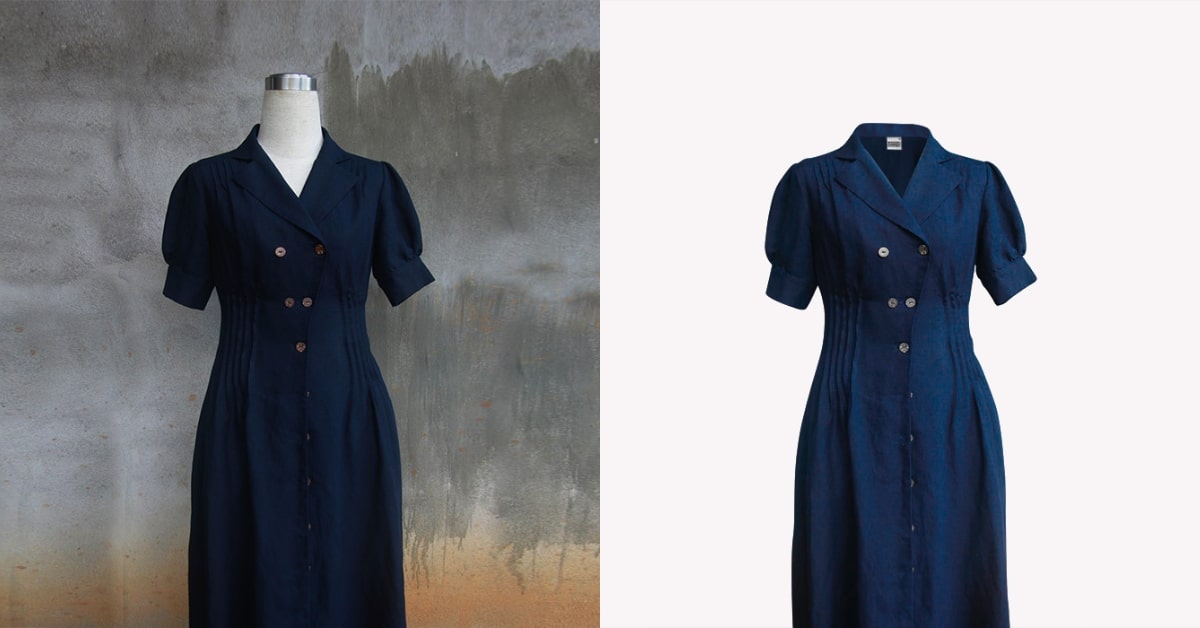In the competitive world of e-commerce, high-quality product imagery is crucial for attracting customers and driving sales. One essential aspect of creating captivating product photos is ghost mannequin color correction. This technique ensures that garments appear true to their colors and textures, enhancing their visual appeal and increasing customer satisfaction. In this guide, we’ll explore the intricacies of ghost mannequin color correction, its importance, techniques, and how you can implement it to elevate your product photography.
Understanding Ghost Mannequin Color Correction
Ghost mannequin color correction is a process used to ensure that garments appear accurate and true to their colors and textures in product photos. This technique involves adjusting color balance, saturation, and contrast to match the garment’s true appearance and eliminate any discrepancies caused by lighting conditions or camera settings.
Importance of Ghost Mannequin Color Correction
- Accurate Representation: Ghost mannequin color correction ensures that garments appear true to their colors and textures, providing customers with an accurate representation of the product they are purchasing.
- Enhanced Visual Appeal: By correcting colors and eliminating discrepancies, ghost mannequin color correction enhances the visual appeal of product photos, making them more captivating and engaging to potential customers.
- Consistency Across Images: Consistent color correction ensures that product photos maintain a cohesive and professional look across different images and campaigns, strengthening brand identity and recognition.
- Reduced Returns: Accurate color representation in product photos helps customers make informed purchasing decisions, reducing the likelihood of returns due to discrepancies between the product photos and the actual item received.
Techniques for Ghost Mannequin Color Correction
- White Balance Adjustment: Start by adjusting the white balance to correct any color casts caused by lighting conditions. Use the eyedropper tool or manual adjustments to neutralize colors and ensure accurate color representation.
- Exposure Correction: Adjust exposure settings to correct brightness and contrast levels in the image. This helps to enhance details and textures while maintaining accurate color representation.
- Selective Color Adjustment: Use selective color adjustment tools to target specific colors and adjust their saturation, hue, and luminance levels. This allows you to fine-tune the colors of the garment to match its true appearance.
- Color Grading: Apply color grading techniques to enhance the overall look and feel of the image while maintaining accurate color representation. Experiment with different color grading presets or create custom adjustments to achieve the desired effect.
FAQs
Why is ghost mannequin color correction necessary for product photography?
Ghost mannequin color correction ensures that garments appear true to their colors and textures in product photos, providing customers with an accurate representation of the product they are purchasing.
Can I perform ghost mannequin color correction using software?
Yes, ghost mannequin color correction can be performed using photo editing software such as Adobe Photoshop, Lightroom, or Capture One.
How do I ensure consistency in color correction across multiple images?
To ensure consistency in color correction across multiple images, create custom presets or adjustment layers that can be applied to all images in a batch.
Are there any ethical considerations when performing ghost mannequin color correction?
It’s essential to ensure that ghost mannequin color correction accurately represents the colors and textures of the garment without misrepresenting or altering its appearance.
Conclusion
Ghost mannequin color correction is a vital technique for enhancing the accuracy and visual appeal of product photos in e-commerce. By mastering the techniques outlined in this guide, photographers and e-commerce professionals can create captivating images that accurately represent the colors and textures of the garments, increasing customer satisfaction and driving sales. So go ahead, experiment, and transform your product photography with this essential technique!
This page was last edited on 29 February 2024, at 9:19 am
